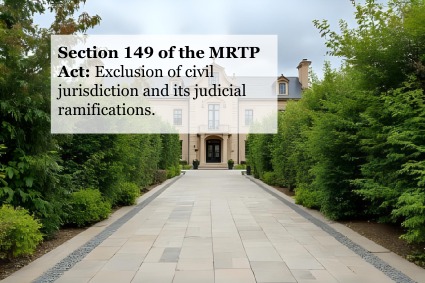GST Rate Rationalisation in India: Examining India’s Current Framework and Decoding Challenges

Introduction
Post the announcement of Union Budget 2025, the Finance and Revenue Secretary, Tuhin Kanta Pandey, said that the GST rate rationalisation is needed. Experts have been calling for this for 8 years and it has become the need of the hour now. Goods and Services Tax (GST) was implemented in 2017 and ever since its implementation, it has often been criticized for the complexities and compliance challenges it brought. The existence of multiple tax slabs such as 0%, 5%, 18% and 28% highlighted the complexities of the structure. The need for rate rationalization started making its way into politics and day-to-day discussions then itself, however, over the years, this has built up to now become a voice that can’t be unheard.
Recently, this erupted into a mainstream discussion even for the commoners when the GST council decided to levy GST on popcorn at different rates based on its preparation and packaging. The fact that salted popcorn attracted lesser GST and caramelized popcorn attracted more led to an outrage in the nation. This issue also highlighted the intricacies of the current GST framework. After this, the talks for rate rationalization were back in the market again and it became evident that we need it now more than ever.
Current GST Rate Structure
India’s GST regime consists of multiple slab rates.
- 0% slab: Essential goods and services fall in the 0% bracket to ensure affordability to the masses as well as revenue generation for the Government. For example, fresh fruits, bread, milk, and curd are exempt from tax and fall in the 0% slab with the current tax.
- 5% slab: The 5% slab comprises necessary goods like lifesaving medicines and some foodstuffs. Here the tax rate is kept low to ensure goods and services falling under it remain accessible as well as affordable.
- 12 % and 18% slab: Standard goods and services fall in the 12% and 18% slabs, which comprise most clothing, electronics, and services. The goods and services falling in these slabs reflect middle-income consumption patterns.
- 28% slab: Luxury items and sin goods are confined to the 28% slab, comprising luxuries such as luxury cars, tobacco products, and aerated drinks. The intention behind keeping the items under this category liable to the highest rate under GST is to generate ample revenue and discourage the consumption of products with adverse health or social effects.
The different rates have led to complexities in tax administration and compliance. Frequent classification issues, coupled with varying interpretations across states, create litigation risks and operational inefficiencies. Moreover, the cascading effects on pricing and supply chains impact business planning and consumer behaviour. Hence, the need for rate rationalization arises from these issues.
Challenges in Rationalizing GST Rates
To address rate rationalization demands, the GST Council formed a Group of Ministers (GoM) in December 2024. After the GoM submits its recommendations, the GST Council will consider potential changes. However, as the GoM is only advisory, the final decision rests with the GST Council, which has yet to discuss any rate revisions.
The GST Council, composed of central and state government representatives with differing economic priorities, often faces challenges in reaching unanimous agreements on rate changes. While a simplified tax structure offers many benefits, the GST has encountered obstacles in meeting its objectives, highlighting the need for rationalization. Let’s explore the complexities now.
- Revenue Implications: A key argument for rationalizing GST rates is the reduction of tax slabs. Currently, multiple slabs apply to different goods and services, contradicting GST’s purpose as a unified tax system. However, reducing the number of slabs could result in significant revenue losses for the government, requiring either the removal of taxes on certain items or lower overall tax collection. Given GST’s importance as a primary revenue source for both Central and State governments, any decline in income could have a ripple effect on socio-economic development and growth opportunities.
- Impact on Inflation: The country is already witnessing inflation rates in rural and urban areas at 5.76% and 4.58%, respectively. There have been various factors attributable to current inflationary trends including cyclical slowdown, global trade disruption, stagnant private and government expenditure etc. Changes in tax rates can also influence inflation, as adjustments may lead to increased prices for certain goods and services. These economic factors are intertwined with political considerations, as policymakers must balance the goals of simplifying the tax system and ensuring adequate revenue generation.
- Federal Structure and Consensus: Implementing GST rate rationalization requires consensus within India’s federal system. The GST Council, comprising representatives from the Centre and States, decides by vote, with the Centre holding one-third weightage and the States two-thirds. However, differing economic priorities and revenue dependencies among States often make unanimous agreement on rate changes challenging.
Conclusion
Despite being implemented in 2017, the Goods and Services Tax (GST) in India has yet to achieve full stability. GST remains complex due to multiple tax slabs, leading to classification disputes, compliance challenges, and federal disagreements between the Centre and States over revenue sharing and rate rationalization. Rationalizing GST rates in India is the need of the hour as it offers an opportunity to simplify the tax system, improve compliance, and boost economic activity. However, achieving this goal requires balancing revenue needs, economic equity, and administrative feasibility.
By entering the email address you agree to our Privacy Policy.



